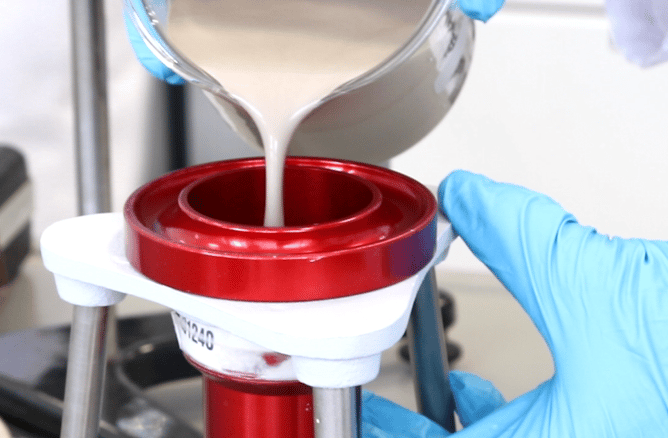
Cellulosic compounds are not new into the Ceramic Industry. They have been used in ceramic bodies for a long time.
In ancient cultures, straw could be used to bring porosity to clay, easing water entrance and hence increasing its workability. It would also provide some air entrance, helping in the drying process, that would take place in the open air. This is useful in hand-made products and in low-automated processes.
In some specific products, looking for additional insulating performance, the inclusion of some organic matter will bring such desired effect. Straw has evolved and now sawdust and other equivalents are used in the brick industry.
They are well known to provide some plasticity to low or non-plastic masses, but also to capture some free water from the system, helping when excessive moisture could be a problem.
HIGH MOISTURE?
Working in some environments could be really challenging, especially when moisture in the raw materials is too high. It can be very difficult to manufacture any shaped clay-based product, even when mixing with fully dry raw materials. In those cases, the use of cellulosic compounds is highly recommendable.
CMC – Carboxy-Methyl-Cellulose – has been used in high moisture environments, achieving excellent performance, at least when it comes to water capture.
Of course, there’s always a but, and in this case, it is related to the high-water retention they show in the drying process. It means that cracking/breaking risk increases exponentially with the CMC content in the mass. Trapped water in the CMC structure is retained in between its layers, not having an ease or quick release. Furthermore, once temperature is high enough, vaporization may occur, and these cracks/breakages are the consequence.
SPECIALIZATION
There are new trends in the market, helping those customers needing some additive to work in extreme conditions, though keeping a reasonable production rate.
Does it mean that CMC will perform better? In a better way?
Well, no. Not exactly in that way. Some changes must be done in order to avoid all these disadvantages in CMC use. And this is what some new products are bringing to the market.
Can you imagine a product able to capture water and to present a smooth water release along the drying process? Yes, there is such a product in the market.
By using its wide experience in ceramic production, BioKeram T represents a big leap into production. Today working with high moisture and at normal speed is something easily affordable.
OTHER ENVIRONMENTS
What if we could replace some expensive mineral raw materials by cheaper ones while keeping its performance? It sounds like a cheat, but it’s true.
Some new developments allow very plastic and very expensive clays to be replaced by cheaper local raw materials, keeping its workability in extrusion by adding a few grams of the additive. All other properties remain stable, including drying performance, despite plasticity not being a limitation in the process.
IS THAT THE FINAL SOLUTION?
A quick reply to this question could be “yes”, but we prefer trying to optimize these new additives’ performance by working on fine-tuning and adapting their behavior to the very unique cases that industry demands.
There’s some hope in the future when high moisture or expensive raw materials won’t be an issue, at least if you use the proper additives.






